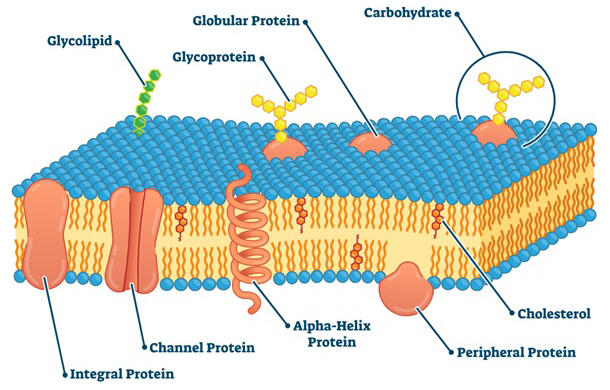A research group led by Senior Assistant Professor Yuka Matsuki, Department of Anesthesiology and Reanimatology, School of Medical Sciences, Professor Shigetoshi Oiki, Biomedical Imaging Research Center, and Professor Toshiyuki Yoshida, Information Science Course, School of Engineering at the University of Fukui, has announced that they developed an experimental device, "membrane tension-control apparatus," to clarify how the biological tension-dependent channels respond to internal and external forces. The cell membrane was replicated with a contact point between two air bubbles composed of phospholipids. The response of a channel to a given tension can be quantitatively analyzed by strict computer control of the pressure applied to inflate the air bubbles. The results are expected to contribute to developing drugs and other means for treating various diseases caused by disordered tension responses of cell membranes. The work was published in the international journal ACS Nano on October 22.

When the skin is pressed or the stomach is distended after eating food, the cell membrane and membrane-embedded tension-dependent channels detect the tension and deformation, sending signals to the brain where touch and stomach distention are perceived. One of the tension-dependent channels was also the subject of the 2021 Nobel Prize in Physiology or Medicine. Meanwhile, there are many different tension-dependent channels in the cell membrane, and it is difficult to measure which tension-dependent channel responds or the tension to which the channel responds. Thus, a method to investigate the function and other details of these channels has been sought.
In this study, the research group developed a device to observe the response of one type of tension-dependent channel to tension applied to the membrane. The cell membrane structure was replicated with a contact point between two phospholipid-constructed air bubbles, and a tension-dependent channel was embedded at the contact point. Tension was generated by blowing the air bubbles like soap bubbles to observe the channel's responses. Tension-dependent channels were biosynthesized from genes. The apparatus comprises the electrophysiological, microscope, pump, and control units.
To investigate the responses without destroying the delicate and fragile tension-dependent channels and air bubbles, the research group constructed a computer-controlled system capable of applying tension to the membrane while maintaining the air bubbles at a constant level. The pump is equipped with a stepping motor with the fine tension controller, which can adjust the tension in mN·m units. The apparatus was developed through close collaboration between the School of Medical Sciences and the School of Engineering. This is expected to be used in screening assays to measure the effects of adding drugs and other substances to the membrane and for other purposes.
Matsuki said: "I believe that this apparatus will be a breakthrough in our future research on the molecular mechanisms of various tension-dependent channels. With this apparatus, we can elucidate the pathophysiology of abnormal touch sensation of the skin, hypertension, and other diseases caused by disorders of tension-dependent channels at the molecular level. I am an anesthesiologist, and we still do not know the detailed molecular mechanisms of anesthetic action in humans, even 200 years after anesthesia was developed. Anesthetic agents have recently been reported to exert their effects by dissolving into the membrane, but there has been no way to look at the tension until now. Moving forward, I will research the responses when anesthetics are applied to the membranes."
Journal Information
Publication: ACS Nano
Title: Programmable Lipid Bilayer Tension-Control Apparatus for Quantitative Mechanobiology
DOI: 10.1021/acsnano.4c09017
This article has been translated by JST with permission from The Science News Ltd. (https://sci-news.co.jp/). Unauthorized reproduction of the article and photographs is prohibited.




